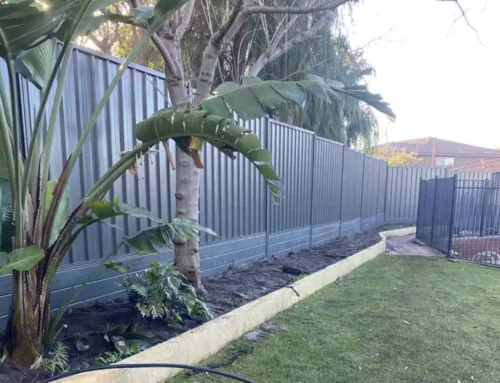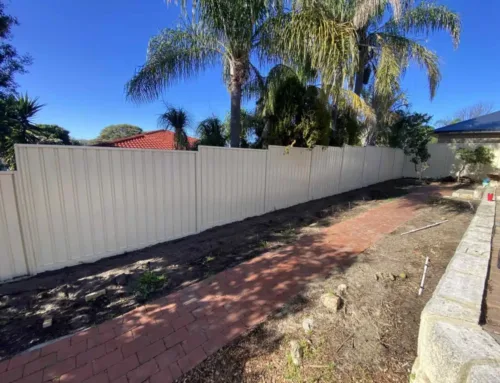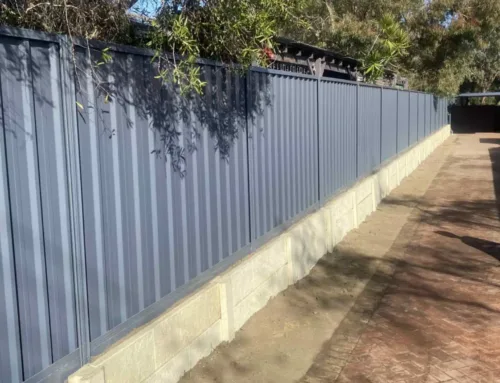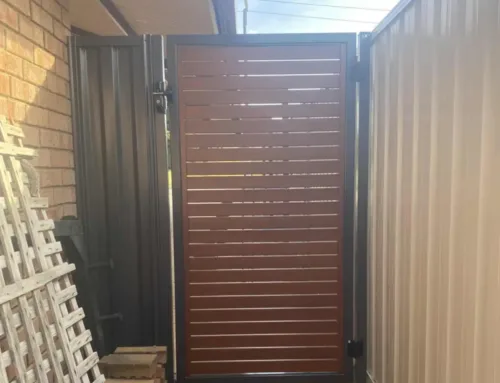admin
Retaining Wall Recommendations and Material Options
A well-built retaining wall can provide both practical and visual benefits to your garden. It can prevent soil erosion and enhance the overall design of your home’s landscape. With numerous retaining wall ideas and material options available, you can easily find a solution that fits your specific needs. Whether you need to stabilize a steep slope in your yard, provide support to raised land next door, or create raised garden beds, there are plenty of high-quality materials to choose from.
What is a retaining wall?
A retaining wall is a structure that is designed to hold back soil or other materials from a sloping area. It is typically used to prevent erosion, provide support for raised land, or create a level surface for landscaping or construction. Retaining walls can be made of a variety of materials, including concrete blocks, stone, brick, wood, and more, and can be designed in a range of styles to fit the needs and aesthetic preferences of the homeowner.
Retaining walls are structures designed to support soil on one side and prevent it from sliding or falling onto a lower level. They are often used to address safety concerns or prevent soil erosion between two properties or different areas of a garden with varying soil heights. One type of retaining wall is the concrete post and panel retaining wall, which can also be effective in holding back water and soil. These sturdy walls are supported laterally and can help protect a home’s foundation from potential damage caused by soil movement.
Typical retaining wall materials
When choosing a retaining wall, it’s important to consider your specific needs and preferences. There are many different material options available, and working with experts in the field can help you make the right decision. Here are some popular options to consider:
Timber / Wood:
Wooden retaining walls can be visually appealing, but it’s important to note that timber is susceptible to rot and may not be suitable for walls over 4 feet tall. Consider using wood panels with proper waterproofing for a garden retaining wall.
Bricks:
Clay or limestone bricks are durable and suitable for home retaining structures. However, building a brick wall can be labour-intensive and requires built-in drainage systems.
Concrete:
Concrete retaining walls can be made using various methods, but post and panel retaining walls are the sturdiest options. These walls combine galvanized steel with concrete, making them suitable for both home and garden retaining walls. The use of precast concrete forms to encase the galvanized steel makes post and panel concrete retaining walls highly effective in preventing soil erosion over time.
Post and panel:
Concrete post and panel retaining walls are a popular choice for both home and garden retaining walls. They are a sturdy option that combines galvanized steel with concrete, making them resistant to erosion over time. The precast method is often used to create accurate concrete forms that encase the tough galvanized steel, making them highly effective in preventing soil erosion.
Having trouble deciding which retaining wall material to choose? Consult a retaining wall specialist for expert advice and guidance
Ensure you explore the top retaining wall ideas by consulting with the retaining wall construction experts at Fosters Fencing. With over 20 years of experience in the industry, we have a wealth of knowledge in providing customized solutions to a diverse range of clients.
Contact us today to learn more about the best retaining wall options for your home and garden, or to request a consultation.






